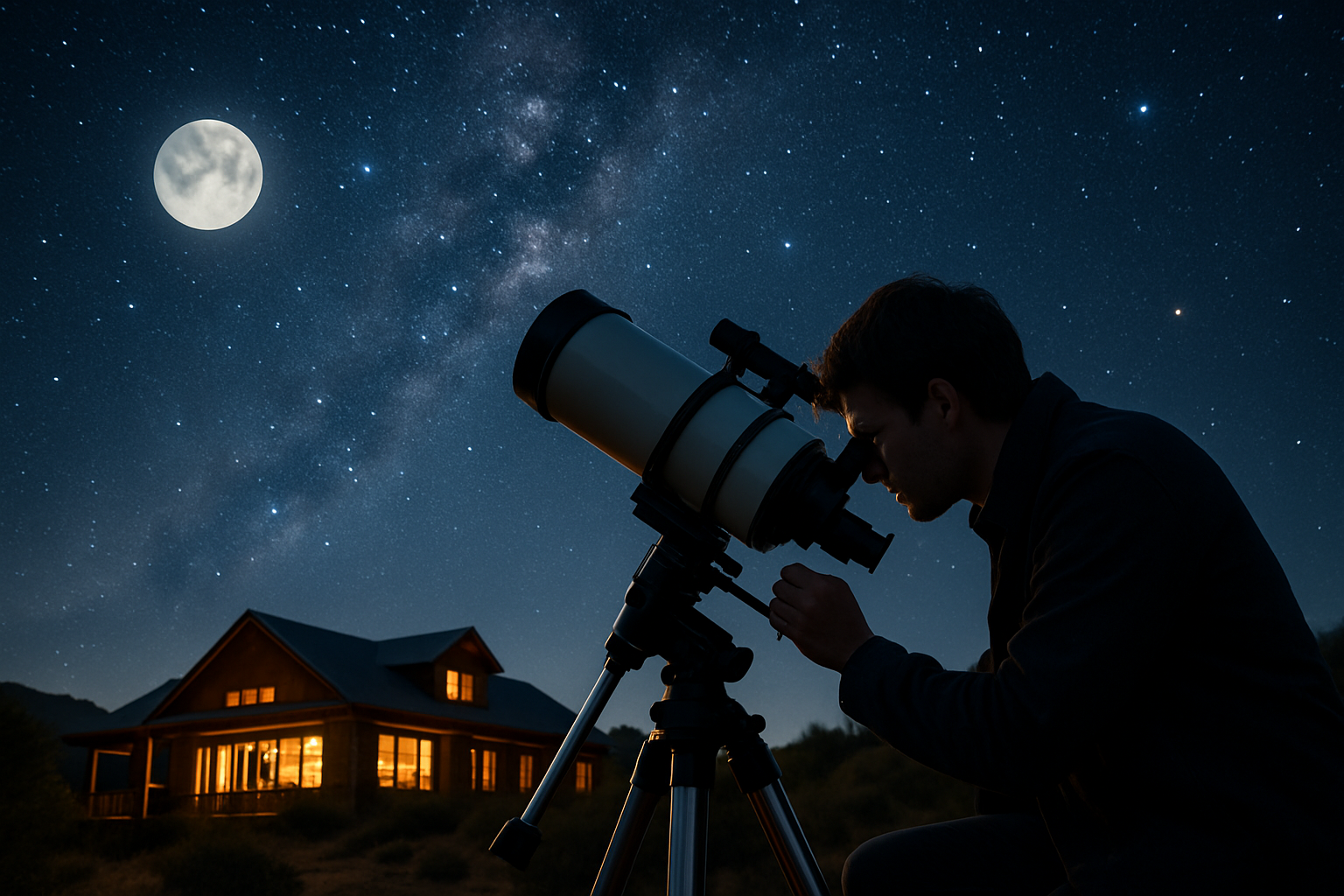Astrotourism: Exploring the Night Sky's Hidden Wonders
Imagine gazing up at a vast, inky canvas dotted with countless twinkling stars, the Milky Way stretching across the horizon like a celestial river. This awe-inspiring experience is driving a new trend in travel: astrotourism. As light pollution increasingly obscures our view of the night sky in urban areas, more travelers are seeking out dark sky destinations to reconnect with the cosmos and explore the wonders of the universe.

Several factors have contributed to this trend. Increasing urbanization and light pollution have made it difficult for many people to see stars from their homes, creating a desire to seek out dark sky locations. Additionally, advancements in astrophotography technology have made it easier for amateur astronomers to capture stunning images of the night sky, fueling interest in celestial photography.
Dark Sky Destinations
To cater to the growing demand for astrotourism, many destinations are working to preserve their dark skies and develop stargazing infrastructure. The International Dark-Sky Association (IDA) certifies locations that demonstrate exceptional quality of starry nights and a commitment to protecting the nocturnal environment.
Some popular dark sky destinations include:
-
Atacama Desert, Chile: Known for its exceptionally clear skies and home to several world-class observatories.
-
Namibrand Nature Reserve, Namibia: Africa’s first International Dark Sky Reserve, offering unparalleled views of the southern sky.
-
Aoraki Mackenzie International Dark Sky Reserve, New Zealand: The world’s largest dark sky reserve, perfect for viewing the Southern Cross and Magellanic Clouds.
-
Jasper National Park, Canada: The second largest dark sky preserve in the world, offering spectacular views of the northern lights.
These destinations not only provide optimal conditions for stargazing but often offer guided tours, astronomy workshops, and specialized accommodations designed for night sky viewing.
The Astrotourism Experience
Astrotourism experiences can vary widely, catering to different interests and expertise levels. For beginners, guided stargazing tours provide an excellent introduction to the night sky. Experienced astronomers lead these tours, pointing out constellations, planets, and other celestial objects visible to the naked eye or through telescopes.
More advanced enthusiasts might participate in astrophotography workshops or rent specialized equipment to capture their own images of the cosmos. Some destinations offer overnight stays in observatories or remote locations, allowing visitors to fully immerse themselves in the stargazing experience.
Many astrotourism experiences also incorporate cultural elements, exploring how different civilizations have interpreted and utilized the night sky throughout history. This might include learning about ancient astronomical sites, indigenous star lore, or the role of celestial navigation in exploration.
Economic and Environmental Impact
The growth of astrotourism has had a significant impact on local economies, particularly in rural areas. Dark sky destinations often see increased tourism during traditionally off-peak seasons, as the best stargazing conditions often occur during winter months when skies are clearer and nights are longer.
This influx of visitors creates new job opportunities and revenue streams for local communities. However, it also presents challenges in terms of managing visitor numbers and preserving the very darkness that attracts tourists in the first place.
Astrotourism has also played a role in raising awareness about light pollution and its environmental impacts. Many dark sky destinations implement strict lighting policies to minimize light pollution, which not only improves stargazing conditions but also benefits nocturnal wildlife and reduces energy consumption.
Challenges and Future Outlook
While astrotourism is growing in popularity, it faces several challenges. Climate change and increasing air pollution threaten to degrade the quality of dark sky sites. Additionally, the growth of satellite constellations, such as SpaceX’s Starlink, has raised concerns about their impact on night sky visibility and astronomical research.
Despite these challenges, the future of astrotourism looks bright. Advancements in technology, such as augmented reality star maps and more powerful portable telescopes, are making it easier for people to explore the night sky. There’s also growing interest in space tourism, with companies like Virgin Galactic and Blue Origin working to make suborbital flights accessible to civilians.
Stargazing Tips for Aspiring Astrotourists
-
Plan your trip around the lunar cycle; new moon periods offer the darkest skies
-
Allow your eyes at least 20 minutes to adjust to the darkness
-
Use a red light flashlight to preserve your night vision
-
Download a star map app to help identify celestial objects
-
Dress warmly – temperatures can drop significantly at night, even in desert locations
-
Consider investing in a good pair of binoculars before splurging on a telescope
-
Check the weather forecast – clear skies are essential for optimal viewing
As we continue to push the boundaries of space exploration, astrotourism offers a unique way for people to connect with the cosmos and gain a new perspective on our place in the universe. Whether it’s marveling at the Milky Way, witnessing a meteor shower, or simply enjoying the tranquility of a star-filled night, astrotourism reminds us of the awe-inspiring beauty that exists just beyond our atmosphere, waiting to be explored.





